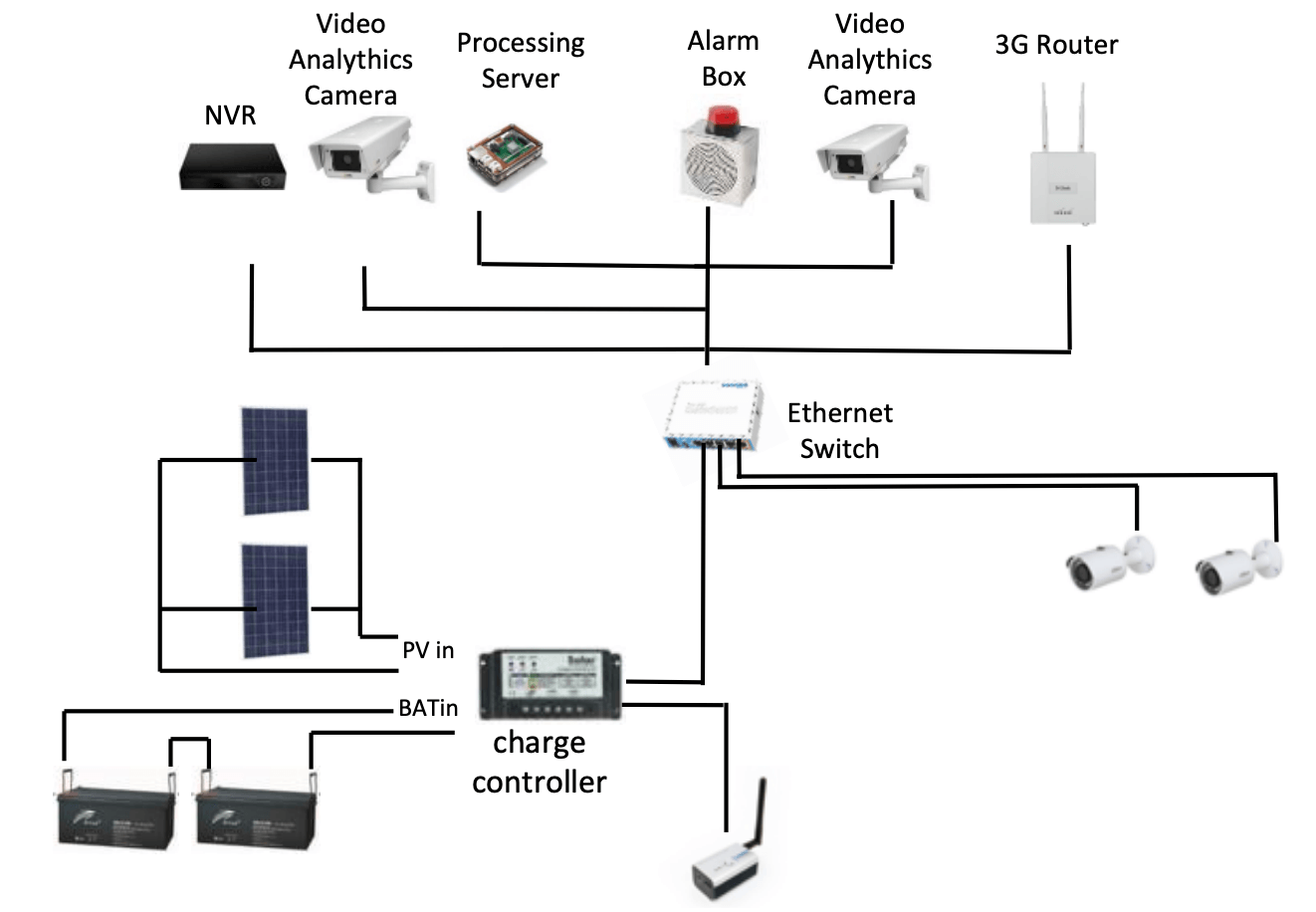Overview
WISP is a wireless IoT device to interface with industrial sensors and transducers that conform to 4-20mA and Modbus RTU protocols.
Together with Mi-SPARK gateway, WISP enables industrial sensor readings to be uploaded to a centralised server over the Internet monitored remotely through a web dashboard, and remotely controlled industrial processes via the connected transducers.
WISP uses 6LowPAN for data exchange over the Internet or local area network and sub-GHz ISM radio band (919-923MHz) for longer communication range with less RF interference.
A WISP device is capable of forming ad hoc mesh network with other WISP devices to further extend the communication range
Technology Summary
WISP is a wireless Internet of Things (IoT) device that interfaces with industrial sensors and transducers and reports the readings to a centralised server as well as remotely control industrial processes over the Internet via wireless mesh network.
Industries: Industrial Automation, Manufacturing, Utilities
Features
- 4-ch 4-20mA Analog Input (Receiver)
- 2-ch 4-20mA Analog Output (Transmitter)
- 5-ch Dry-contact Digital Input
- 1-ch Dry-contact Digital Output (Relay)
- 1-ch Wet-contact Digital Output (Sink)
- 1-port RS485 Modbus RTU Master
- Sub-GHz ISM Band Wireless Network
- 24VDC Input Supply
- 1-port 24VDC Output Supply
A state-of-the-art wireless system and ICT network which includes visual capabilities for surveillance.
Technology Benefits
The benefits of WISP are:
- Remote Real-Time Monitoring and Data Acquisition
Users can remotely monitor periodical sensor readings and interrupt signals via web dashboard. All data are logged and can be retrieve for data processing and analysis.
- Remote Control and Remote Switching
Users can remotely control any transducers via a web dashboard and remotely switching on/off relay switch and external control circuit.
- Reduced RF Interference
WISP operates at sub-GHz ISM band where is less crowded and relatively interference-free compared to the 2.4GHz ISM band.The signal absorption by the environment at sub-GHz frequency is less compared to its higher frequency counterpart. This enables long range communication over difficult terrain and non-LoS condition
- IP-Based Low Power Wireless Mesh Network
WISP is a low power embedded device that can form an adhoc wireless mesh network and able to communicate over the Internet via gateway. This allows the device to send and receive data with the cloud, as well as eases over-the-air (OTA) firmware update.




